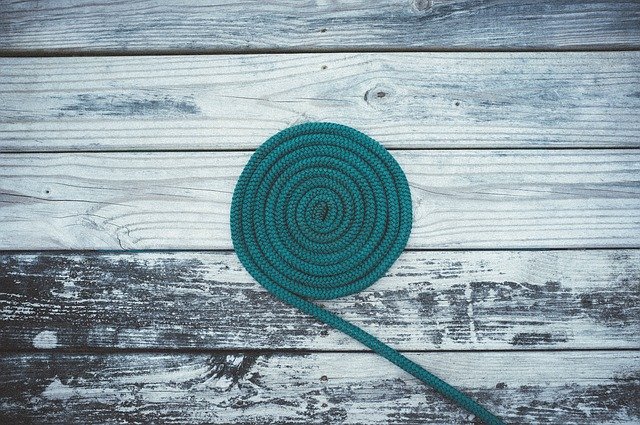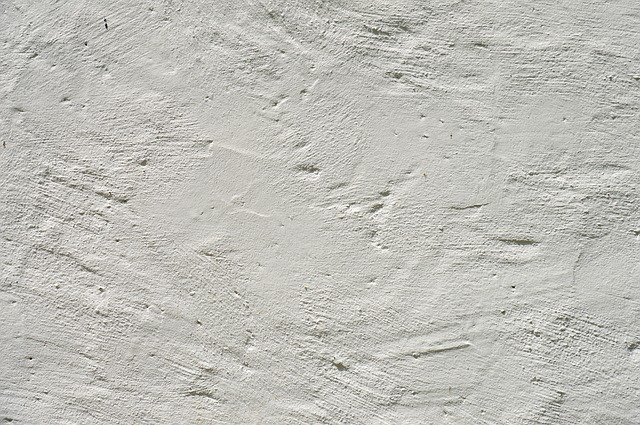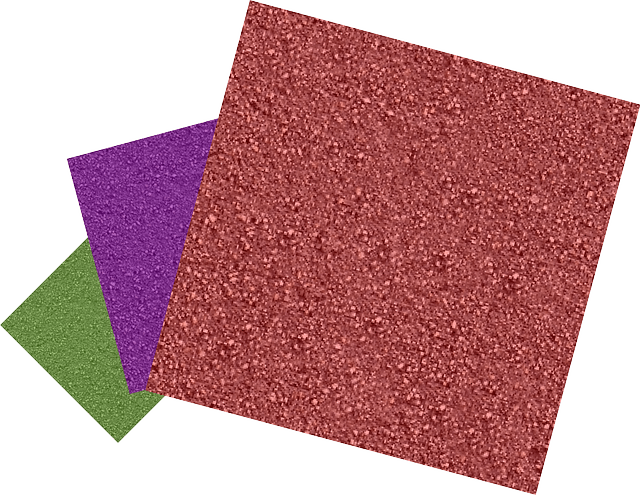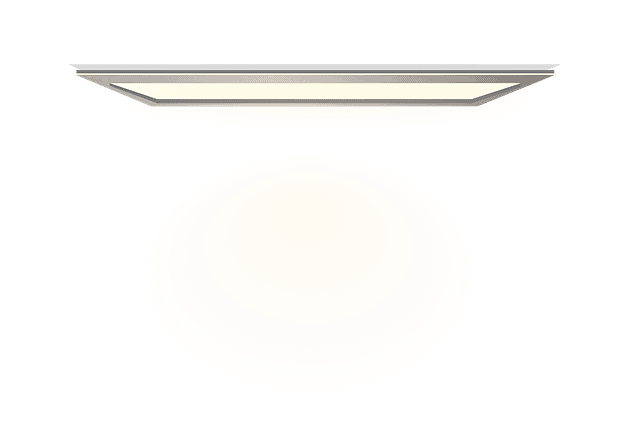How to Remove Soot from Walls
Usually, kitchen walls and burnt surfaces are left with soot that kills the initial aesthetic appearance. Removing soot and oil stains requires a professional approach and appropriate method.
On how to remove soot from walls; whether concrete or wooden walls, use either trisodium phosphate, rubbing alcohol and melamine sponge, commercial soot remover, sandblasting, and detergent, vacuuming, or using a degreaser. 
Alternatively, you opt to use homemade soot removers such as mineral spirit, baking soda, vinegar, or dish soap solution. During soot removal, prepare the solvent appropriately (follow manufacturer’s instruction) and avoid excess application – causes spread of soot to adjacent areas.
Details: How to Remove Soot from Walls
Method 1: Trisodium phosphate (TSP)
Wear personal protective gear ( for safety purposes) and stick to precautions highlighted in this article to avert any hazard that may occur.
Trisodium phosphate features a complex chemical formulation, which breaks soot instantly upon application. The disintegrated soot is more comfortable to clean with soap and water.
Tools and Materials required
- Trisodium phosphate (TSP)
- Soapy detergent and warm water
- Empty Bucket and cloth or rag
- Waterpoint and Stirrer
- Protective gear – goggles, Respirator, overall, gloves, and boots
Steps to Follow
- Wear protective gear – boots, dustcoat, goggles, respirator, and gloves
- Cover the floor with a polyethylene bag
- Prepare TSP in the bucket – follow manufacturer’s instructions
- Dip a piece of cloth in TSP solution and start scrubbing over the soot-stained wall – gently
- Repeat the previous steps until the soot is cleaned completely
- Then, wash the wall with soapy detergent and warm water – to remove traces of TSP and soot remains
- Rinse the surface with clean water and leave it to dry
NB: For very old soot stain, consider a scrubbing machine to aid in soot removal upon TSP application.
See Also: Removing Paint from Brick
Method 2: Rubbing Alcohol and Melamine Sponge
Rubbing alcohol is suitable for resenting soot stains as its action capability is mild. The active ingredients in alcohol break soot forming a thick fluid, which is easier to clean.
Tools and Materials required
- Rubbing alcohol and warm water
- Piece of cloth – two
- Empty buckets – two
- Melamine Sponge
Steps to Follow
- Dilute rubbing alcohol in a bucket – 60% to 80% alcohol in the solvent
- Dip melamine sponge into the alcohol solution and rub over the soot-stained wall gently
- Repeat the previous steps until the soot is cleaned. Don’t use a soot-stained sponge – wash it with soap and water before re-using
- Clean the wall surface with Soapy detergent and leave it to dry naturally
Melamine sponge is commercially available – it helps in improving the soot removal process.
Method 3: Commercial Soot Remover
Commercial soot remover such as Rutland 100B, contains active components, which helps in soot disintegration upon application.
The solvent kills the soot’s adhesive contact on the wall surface, hence making it easier to remove.
Tools and Materials required
- Commercial soot remover – like Rutland 100B from Amazon
- Protective gear
- Water and sponge
- Empty buckets – 2
Steps to Follow
- Prepare a commercial soot remover (as per the manufacturer’s instructions)
- Using a sponge, apply the solvent over the soot surface and leave it to cure for the time specified by the manufacturer
- Then, scrub the wall with a rug until the soot is completely removed
- Mop the wall with soapy water and rinse it with clean water
- Leave the surface to dry
NB: Don’t smell commercial soot remover directly – the solvent contains components, which may irritate your nasal cavity if inhaled.
See Also: Airless Paint Sprayer
Method 4: Sandblasting and Detergent
A sandblaster is an efficient method of cleaning old soot from the wall without damaging primary surface material – the sandblaster removers the soot layer excellently provided the proper procedure is adhered to.
Tools and Materials required
- Sandblaster and detergent
- Power source and an empty bucket
- Waterpoint and piece of cloth
Steps to Follow
- Pour detergent into a bucket and dilute slightly
- Using a piece of cloth, apply over the soot-stained wall
- Connect the sandblaster to the power supply and hit the switch button
- Incline the tip to the wall and begin blasting
- Repeat the steps above until the entire soot is removed
- Wash the wall with water and soapy detergent
- Leave the surface to dry to touch
See Also: Sprayer for Latex Paint
Method 4: Vacuuming and Detergent
The vacuuming method is suitable for the removal of recent soot stains – the vacuum machine sucks the soot particles from the surface thus detaching them from the wall.
Detergent is used to loosen permanent soot stains (makes soot easier to remove). The tools and materials required:
- Vacuum machine and detergent
- Waterpoint and empty bucket
- A piece of cloth and sponge
- Protective attire
Steps to Follow
- Plug the vacuum machine into the power source and switch on
- Gently, pass the vacuum machine over the wall surface under soot staining – to suck soot
- Repeat the movement – back and forth
- Dilute the soapy detergent in a bucket and wash the wall surface – to clean any soot traces
- Rinse the wall with clean water and leave it to dry to touch
NB: Don’t vacuum wet soot – it may damage the vacuum machine. See Also: Removing Paint from Metal Door.
Method 5: Degreaser and warm water
Degreaser contains a complex structural formulation that breaks soot into simple molecular fluid, which is more comfortable to remover.
Besides, the solvent kills adhesive forces between soot and wall surface thus enhancing the removal process. The tools and materials required are:
- Degreaser and container
- Sponge or a piece of cloth
- Waterpoint and soap
Steps to Follow
- Thin degreaser in a bucket accordingly – use manufacturer’s instructions
- Using a sponge or a piece of cloth, apply degreaser over the soot-stained wall, gently
- Leave the solvent to cure for 10 minutes
- Scrub the wall with a piece of cloth until the soot is full cleaned
- Then, wash the wall with soapy water – to remove traces of degreaser
- Rinse the wall with clean water and leave it to dry naturally
See Also: Removing Spray Paint from Concrete
Best Homemade Soot Remover from Wall
You can consider using either of the following homemade soot removers for your soot cleaning process:
Method 1: Using Vinegar – White Vinegar
Vinegar breaks both old and recent soot and kills the surface adhesive force upon application. But high vinegar concentration may damage painted walls.
Tools and Materials required
- Vinegar and sponge
- Water and soapy detergent
- Empty bucket and protective gear
Steps to Follow
- Wear protective gear and dilute vinegar in a bucket
- Dip the sponge (in vinegar solution) and scrub the soot gently
- Repeat the steps above until the soot is cleaned
- Clean the wall with soap and water – to remove traces of vinegar
- Rinse the wall with clean water and leave it to dry naturally
Method 2: Using Dish Soap and Sponge
Dish soap has active components, which break the soot layers into a viscous liquid that is easier to remove. The dish soap shouldn’t be over diluted or too thick.
Tools and Materials required
- Dish soap and warm water
- Piece of cloth or a sponge
- A bucket
Steps to Follow
- Dilute dish soap (in a bucket) sufficiently – use warm water
- Dip the sponge in the solvent and scrub the wall gently – back and forth
- Repeat the step above until the entire soot is removed
- Wash the wall with water and leave it to dry naturally
Method 3: Using Baking Soda
Baking soda kills soot’s adhesive force on the wall surface and hence makes it more comfortable to wash out.
Moreover, the compound won’t affect the wall’s primary material during the soot removal process – safe for any wall material.
Tools and Materials required
- Baking soda and warm water
- Soapy detergent and an empty bucket
- Protective gear and water point
- Sponge and Stirrer
Steps to Follow
- Put baking soda in a bucket and add warm water
- Stir the mixture through and apply it over the soot-stained wall
- Leave the wall to cure for 5 minutes and scrub (with sponge) sufficiently
- Repeat the previous steps until the entire soot is cleaned
- Wash the wall with detergent and leave it to dry to touch naturally
Method 4: Mineral Spirit
Upon application, mineral spirit breaks soot structure instantly and forms a thick fluid, which is more comfortable to remove.
Tools and Materials required
- Mineral spirit and warm water
- Piece of cloth/Sponge and a bucket
- Waterpoint and soap
Steps to Follow
- Thin/dilute mineral spirit slightly in a bucket – add a little warm water
- Dip a piece of cloth in the solvent and rub over the soot-stained wall gently
- Repeat the previous step until the soot is completely removed
- Clean the wall with soapy detergent and water or remove the trace of mineral spirit and soot remains
- Leave the wall to dry to touch naturally
NB: High concentration of mineral spirit may cause peeling or fading of the painted walls.
Common Problems People make During Soot Removal
During the soot removal process, you may experience some of the following problems or challenges:
- Failing to wear protective gear – you risk being choked.
- Using wrong soot remover – causes poor quality finish and soot overspread.
- Not vacuuming the surface completely – leaves soot traces on the surface, which may form permanent stain with time.
- Using a low or very high concentration of soot removers – affects primary wall material. In addition, it leads to peeling, chipping, or fading or painted wall surface.
- Wetting the wall too much – enhance soot overspread during the removal process
- Not covering the floor and other items – lead to floor staining by the dislodged soot particles
- Using soot-stained sponge further – it spread soot to other parts – poor finish results.
Precautions when Removing Soot from Walls
Adhere to the following safety measures and precautions during the soot removal process:
- Use low-velocity sandblaster when removing soot in order to prevent primary wall material from damage.
- Always, ensure that the room you are cleaning soot is highly ventilated – to prevent choking and improve aeration
- Always wear personal protective gear (gloves, respirator, overall, gloves, and boots) for safety purposes.
- Contract a professional soot remover if you are new to the soot removal process – eliminates damages and errors.
- Never inhale soot-removing chemical – may choke or cause respiratory irritation.
- Stick to manufacturer’s instruction during actual stain application- for quality results.
- Always protect the floor by covering it with polyethylene paper – no staining.
- Before using commercial soot removers, always check the expiry date – never use an expired product.
See Also: Removing that Latex Paint from Concrete
Conclusion
To summarize, on how to remove soot from walls, you can either use trisodium phosphate, rubbing alcohol and melamine sponge, commercial soot remover, sandblasting and detergent, vacuuming or using a degreaser.
Besides, you can opt to consider homemade soot removers like mineral spirit, baking soda, vinegar, or dish soap solution, which work sufficiently well.
However, during the soot removal process, prepare the solvent appropriately (follow manufacturer’s instruction) and avoid excess application as it may cause overspread of soot to adjacent areas.





